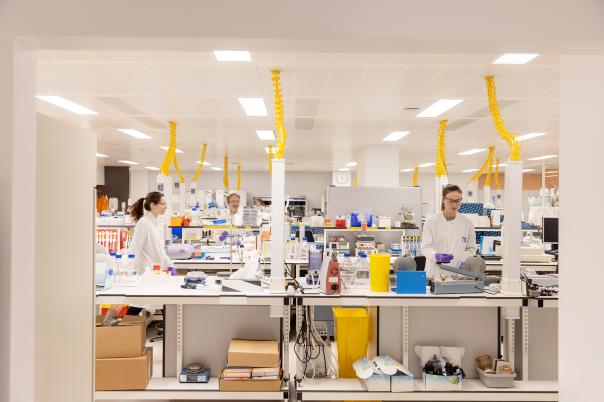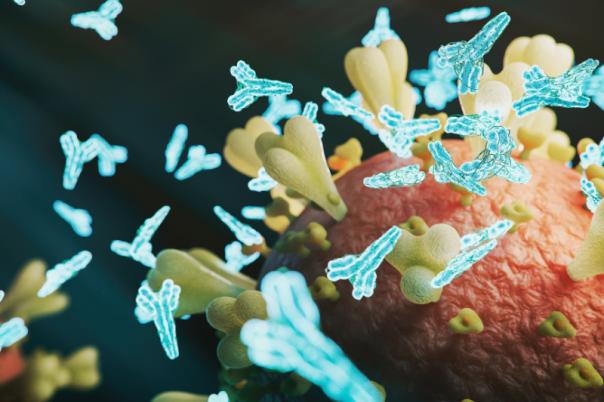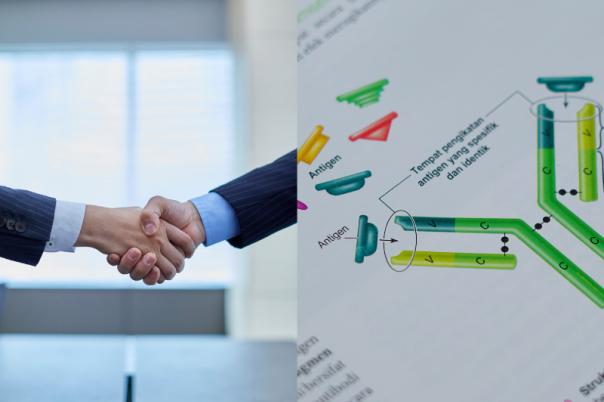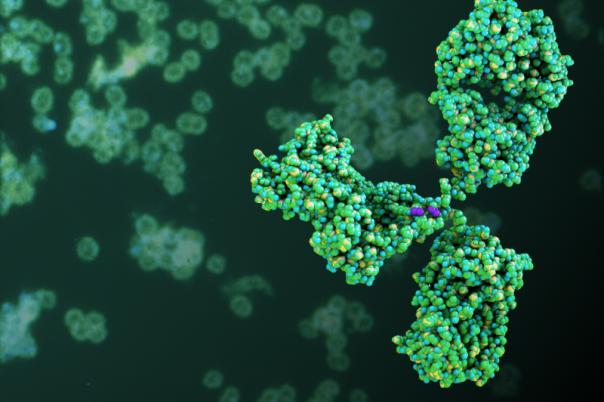In his presentation, Nathan Alves provided a comprehensive overview of pre-clinical considerations in the development of antibody-drug conjugates (ADCs). Alves began by outlining his extensive background in chemical and biomolecular engineering, with appointments at Indiana University School of Medicine and Purdue, and highlighted his experience in nanoparticle drug delivery and selective antibody modification.
The presentation first established the significance of antibodies in medicine, noting their specificity and high binding affinity, which underpin their use in both therapeutic and diagnostic contexts. Alves pointed out that, as of 2023, there were around 170 FDA and EU-approved antibodies, with ADCs representing a rapidly evolving subset, primarily for cancer indications. He emphasised the potential for future ADCs to address non-oncological diseases, reflecting a broader trend in the field.
Alves then systematically addressed the critical components of ADCs: payload, linker, and antibody characteristics. He discussed the importance of payload selection, including considerations of hydrophobicity, drug-antibody ratio (DAR), and the mechanism of action. The choice of linker, whether cleavable or non-cleavable, was shown to influence both the stability and release profile of the drug, with entire pharmaceutical divisions dedicated to linker design.
Antibody characteristics were explored in depth, with Alves cautioning that higher affinity does not always equate to better targeting, especially in the context of solid tumours or off-target effects. He also discussed the relevance of internalisation mechanisms and the impact of antibody isotype on pharmacokinetics.
The presentation moved on to production mechanisms, highlighting the complexities of expression systems, post-translational modifications, and the challenges of conjugation strategies. Alves explained the evolution from heterogeneous lysine conjugation to more homogeneous, site-specific approaches, underscoring the trade-offs between ease of development and product uniformity.
Finally, Alves stressed the importance of formulation, stability, and aggregation concerns, advising that ADCs should be tested as early and as closely to their final form as possible. He concluded by encouraging innovation beyond cytotoxic payloads, suggesting that the future of ADCs lies in expanding their therapeutic scope and delivery methods.





